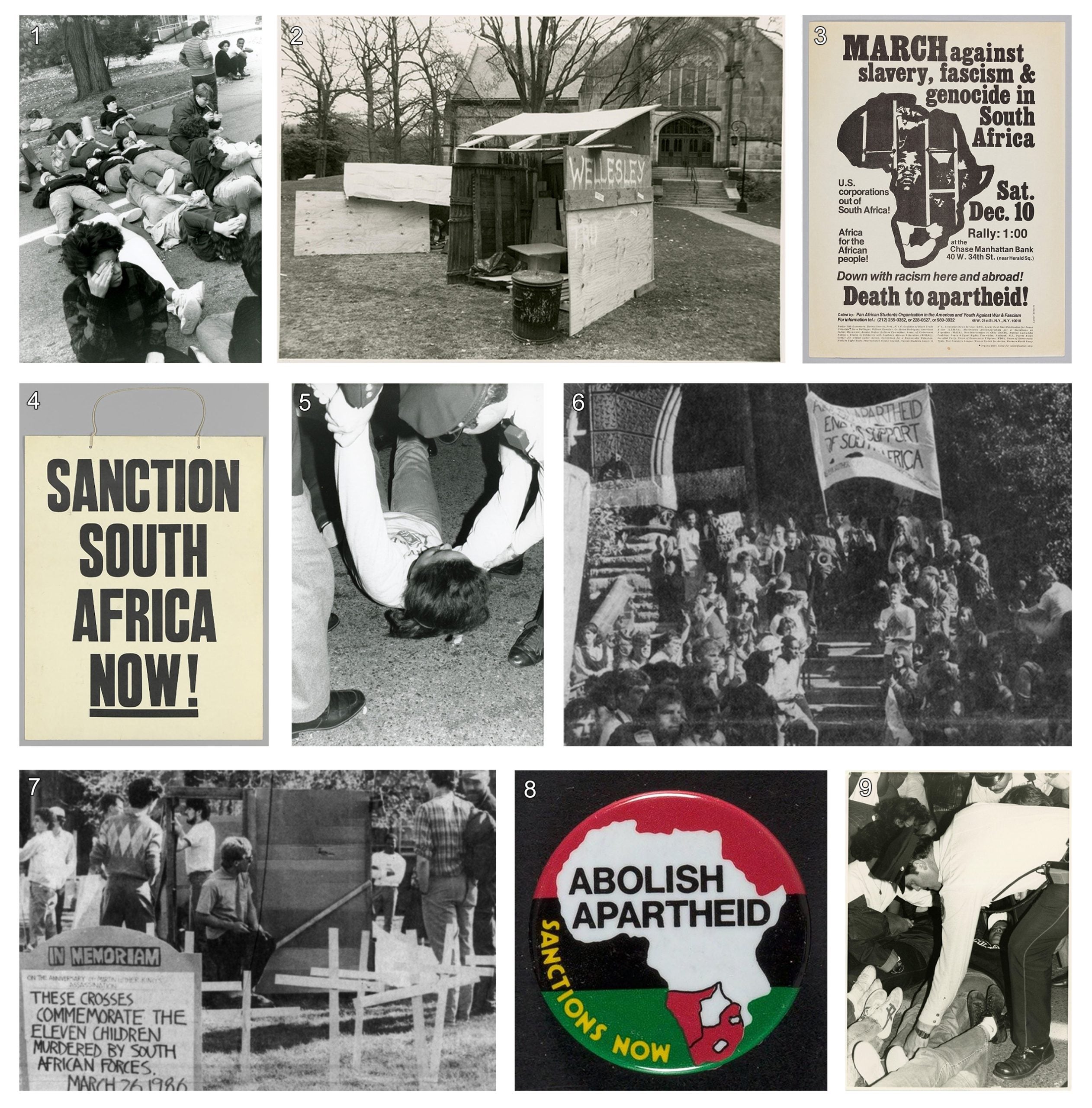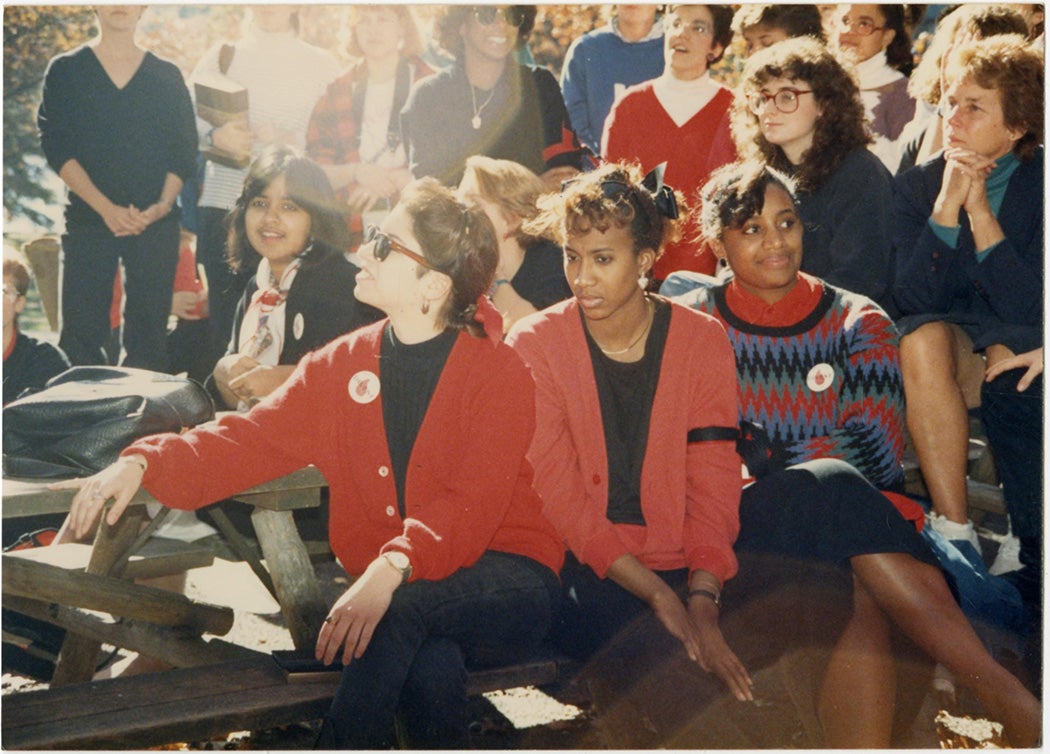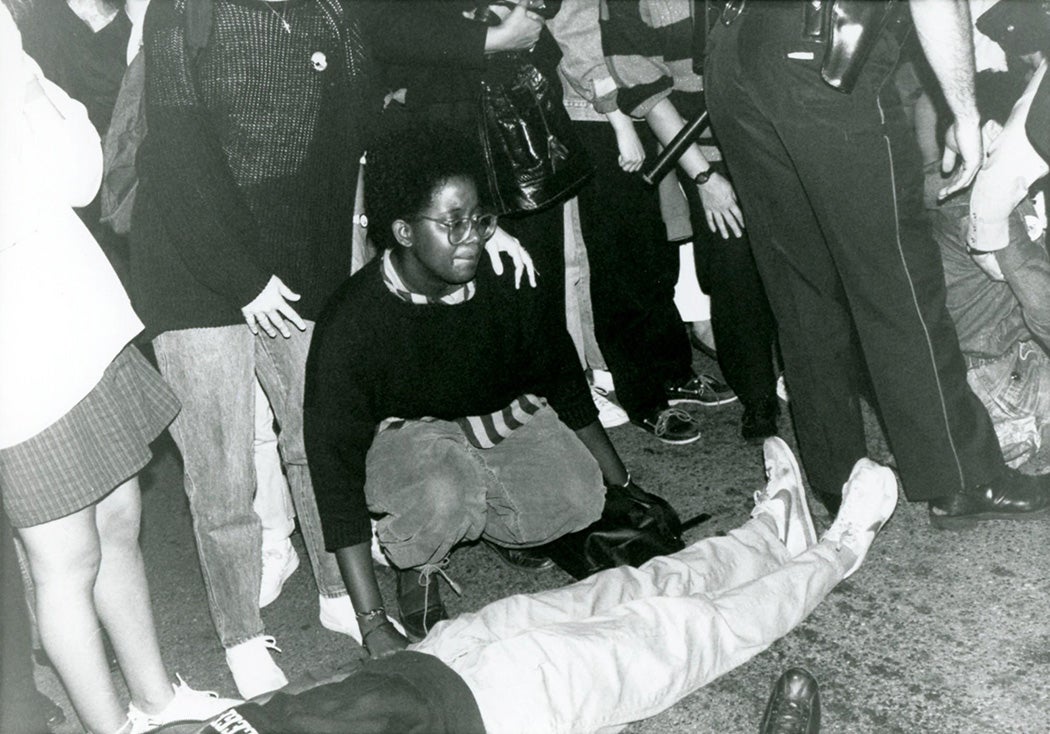By many counts, we live in an age of mis- and disinformation. Scholars and media alike recognize the necessity of vigilant appraisal of text-based information online and in the news. However, this same attentiveness is rarely afforded to images. Conversations around manipulation of information in images focus largely on content manipulation—where images, often photographs, are purposefully edited—but missing or misleading context, even when it is unintentional, can just as easily skew the interpretation of images.
Context shapes our understanding and interpretation of all the visual material we encounter. Context for images can take many forms, including accompanying text, other images of the same subject, and even cultural knowledge of the audience. When context is missing, obscured, lost, or forgotten, meaning becomes skewed and difficult to discern. Investigation into an image’s context can recover some of what is missing.
When presented with a single image, it is easy to draw conclusions about the subject matter based on what is visible within the frame, especially when the subject is unfamiliar.
The first step when approaching an unfamiliar image is to begin with close looking. This is followed by hypothesizing, asking, “What do I think I see? What might be going on? Why do I think this image was created? What visual cues have led me to these hypotheses?” Viewers tend to deemphasize the inherent uncertainty and speculation in this line of questioning when encountering images for the first time. They also rarely move past this step to seek additional contextual information, satisfied with the conclusions they’ve drawn.
But consider the following image.
Preliminary close looking identifies: a color image of a crowd of young people gathered around a picnic table, seated and standing. Some smile, some look attentively to the left of the frame. Textual information can provide more context: the title of the image identifies this as a divestment protest and the collection title points to Wellesley College as the site of this protest. Looking back at the image, the figures’ matching black and red attire and small buttons that read “DIVEST” corroborate the information provided in the title.
Seeking information in the image’s own metadata provides context in the form of a time and place that leads to further context: in October 1986, Wellesley students were engaged in protests urging their university to divest from investments with South African ties due to apartheid policies and practices in South Africa. Still, different viewers may interpret this differently based on their own experiences in campus protests or during apartheid. For viewers without direct experience with the subject matter, it may be difficult to draw conclusions or make connections with anti-apartheid divestment protests, generally.
Weekly Newsletter
It is impossible, however, to draw reasonable conclusions about entire historical moments, groups of people, or any subject based on one image. Nevertheless, single images are frequently used to define an event or illustrate a story, which can distort viewers’ understanding.
Even the October 1986 divestment protest pictured here, cannot be accurately described by one image. To make matters more complex: additional visual information can sometimes provide clarity, but it can just as easily confuse and muddle interpretations. The image below, for instance, paints a very different picture of this divestment protest despite being taken only hours before.
Here, the scene pictured might evoke the drama, and even violence, of other well-publicized protests. Most of the figures are faceless, except for the central figure. Viewers may be quick to read anguish and distress on this person’s face which the bodies lying on the pavement and the lurking police presence seem to confirm. Seen in isolation, this image seems to fit neatly into a familiar narrative of conflict and violence that viewers might accept without seeking context, because it confirms their existing beliefs and expectations confirmation bias. Even from just a few images like these, viewers tend to make initial assumptions about an event based on the first information they encounter and reflexively attempt to fit new information into their first hypothesis, even when it is contradictory. This is sometimes called the “Semmelweis reflex” or “idea rejection.”
It is essential, then, to continue investigating and seeking additional context before drawing conclusions about an image. Ask: “What do I already know about the context? What additional information would help me understand this better?” The answers to these questions vary from viewer to viewer. Yet each viewer must remember at every turn that the things they consider “facts” may themselves be assumptions warranting investigation.
While photographs in particular may give the illusion of veracity, they cannot be taken as a full and true representation of events themselves. As Alan Trachtenberg asserts, “Neither photographs nor the experience of them are innocent acts.” Approaching photographs critically and exploring their context can reveal nuance and even challenge assumptions made at first glance. Often, this means actively seeking out related images, identifying information, and texts on the subject to broaden one’s understanding beyond the original context where the image was first encountered.
Consider that these photographs were taken on the campus of a women’s college, Wellesley College, during the 1980s, a period of increased anti-apartheid sentiment and action in the United States and around the world. Universities like Wellesley were being confronted with student movements and protests pushing for divestment from investments related to South Africa. Context for these photographs extends far beyond Wellesley in October 1986, from other campus protests across the country back to the 1960s origins of this growing discontent with apartheid policies and their consequences. Context even extends past these events into the way they influenced and informed a legacy of action around divestment at Wellesley.
How does this added context clarify our interpretation of these archival photographs? What nuances do these images bring to our understanding of this era of political action? Reflect on these questions as you explore the images below and consider what additional context they provide to the images above.
 1. Students blocking campus road in protest of Trustee vote on divestment, Wellesley College, October 23, 1986. 2. Part of a divestment protest at Wellesley College, 1988. 3. A flyer announcing a protest against apartheid in South Africa at a Chase Bank in New York City, 1977. 4. A placard reading “Sanction South Africa Now!” The placard is somewhat larger than an average human torso. 5. A student is arrested for blocking a campus road in protest of the Trustee vote on divestment, Wellesley College, October 23, 1986. 6. A student rally against University of Pennsylvania investment in South Africa, held by the Anti-Apartheid Coalition and 250 to 300 others. Photo by Ben Argov, Daily Pennsylvanian, University of Pennsylvania University Archives. 7. Anti-Apartheid Coalition members building a shanty on College Hall Green as part of the movement to secure Penn divestment from companies in apartheid South Africa. Photo by Marc Poulshock, Daily Pennsylvanian, University of Pennsylvania University Archives. 8. An “Abolish Apartheid” button. 9. Students being arrested for blocking a campus road in protest of a Trustee vote on divestment, Wellesley College, Oct. 23, 1986.
1. Students blocking campus road in protest of Trustee vote on divestment, Wellesley College, October 23, 1986. 2. Part of a divestment protest at Wellesley College, 1988. 3. A flyer announcing a protest against apartheid in South Africa at a Chase Bank in New York City, 1977. 4. A placard reading “Sanction South Africa Now!” The placard is somewhat larger than an average human torso. 5. A student is arrested for blocking a campus road in protest of the Trustee vote on divestment, Wellesley College, October 23, 1986. 6. A student rally against University of Pennsylvania investment in South Africa, held by the Anti-Apartheid Coalition and 250 to 300 others. Photo by Ben Argov, Daily Pennsylvanian, University of Pennsylvania University Archives. 7. Anti-Apartheid Coalition members building a shanty on College Hall Green as part of the movement to secure Penn divestment from companies in apartheid South Africa. Photo by Marc Poulshock, Daily Pennsylvanian, University of Pennsylvania University Archives. 8. An “Abolish Apartheid” button. 9. Students being arrested for blocking a campus road in protest of a Trustee vote on divestment, Wellesley College, Oct. 23, 1986.
And, of course, consider what context might be left out of the images provided in this article. Always seek out additional context to further enrich and complicate this narrative on your own.
Follow this “Learning to Look” column via RSS Feed.
Are you an educator? Try close looking with your students using this lesson plan:
Editor’s Note: This story has been amended to correct a subject-verb disagreement in the opening paragraph.
Support JSTOR Daily! Join our new membership program on Patreon today.









